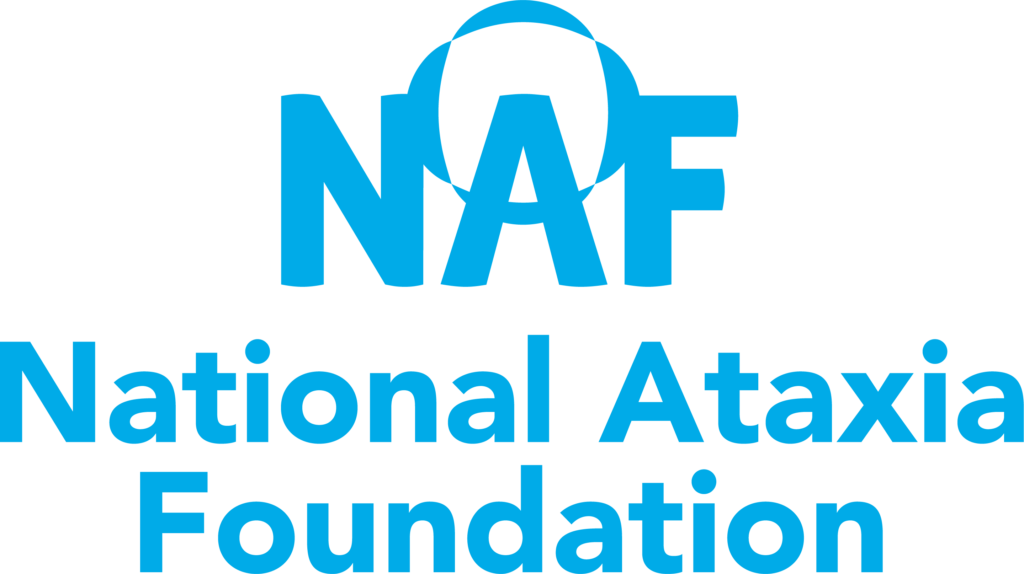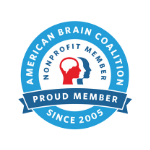
Articulation refers to the ability to produce speech sounds using the tongue, lips, jaw, and the roof of your mouth. All of these organs are also known as articulators.
The term “articulation” comes from the Latin word “articulatio,” which means “a joint” or “a connection.” In the context of speech and language, articulation refers to the way speech sounds are formed through the coordinated movement of the articulators. The term is used to describe the process of connecting or joining these speech organs to produce the specific sounds that make up spoken language. Articulation plays a crucial role in clear and effective communication.
In this article, we talk about how articulation is impacted by ataxia, which is a neurological condition affecting coordination and balance. We will also discuss ways to enhance articulation skills.
What are common articulation patterns in ataxia?
Ataxia can impact the coordination of voluntary muscle movements, including those involved in talking. Common articulation patterns in individuals with ataxia may include:
- Reduced articulatory precision: Individuals with ataxia may have reduced fine motor control. This can result in difficulty forming distinct speech sounds.
- Reduced articulatory consistency: Individuals with ataxia may experience variability in their speech patterns. This can result in difficulties maintaining consistent articulation.
- Reduced articulatory coordination: Ataxia can affect the control of the muscles involved in articulation. This can lead to slurred or uncoordinated speech.
- Reduced articulatory rate: Ataxia can affect how quickly you can move your articulators. This can lead to a slower rate of speech.
How can we improve articulation?
The main recommendation to address any speech or swallowing issue in ataxia is to obtain a referral to a speech-language pathologist (SLP). An SLP can conduct an assessment of how your ataxia is impacting your speech and swallowing. In the case of articulation, this assessment will identify your specific articulation challenges and explore potential underlying causes. You can also continue to work with the SLP for ongoing treatment if you wish.
While there are strategies and exercises that can help improve speech clarity, there is currently no gold standard for articulation treatment in ataxia. For example, one strategy is using slow and controlled speech. Although slow rate is already one of the articulation characteristics of ataxia, it can sometimes be helpful to purposefully slow down a bit more and try to use a more controlled rate of speech. Intentionally slowing down allows for better coordination of articulation movements. This may enhance overall clarity.
Make sure that whatever technique you learn with the SLP, you engage in regular and consistent practice. It can be helpful to incorporate the strategies into your daily routine and social interactions to reinforce positive habits.
In conclusion, articulation is a vital aspect of communication. Improvements in articulation can be achieved through targeted interventions such as speech therapy and consistent practice. This can enhance overall communication abilities.
If you would like to learn more about articulation, take a look at these resources by the Cleveland Clinic and the American Speech-Language-Hearing Association.
Snapshot Written by:Hannah Rowe, PhD, CCC-SLP
Edited by:Celeste Suart, PhD
Read Other SCAsource Snapshot Articles

Snapshot: What is Areflexia?
Areflexia, from the Greek word “a”, meaning absence, is a medical condition characterized by the absence or reduction of reflexes. Reflexes are involuntary response triggered by sensory stimuli that are Read More…

Snapshot: What are Pyramidal Signs?
Have you ever wondered what part of your nervous system is helping move the muscles of your body? Or your head? An important part of our central nervous system called Read More…

Snapshot: What is Voice Banking?
A person’s voice is a unique and identifying trait. From one aisle in the grocery store, a familiar friend can be recognized by the sound of their voice. Your friends Read More…










